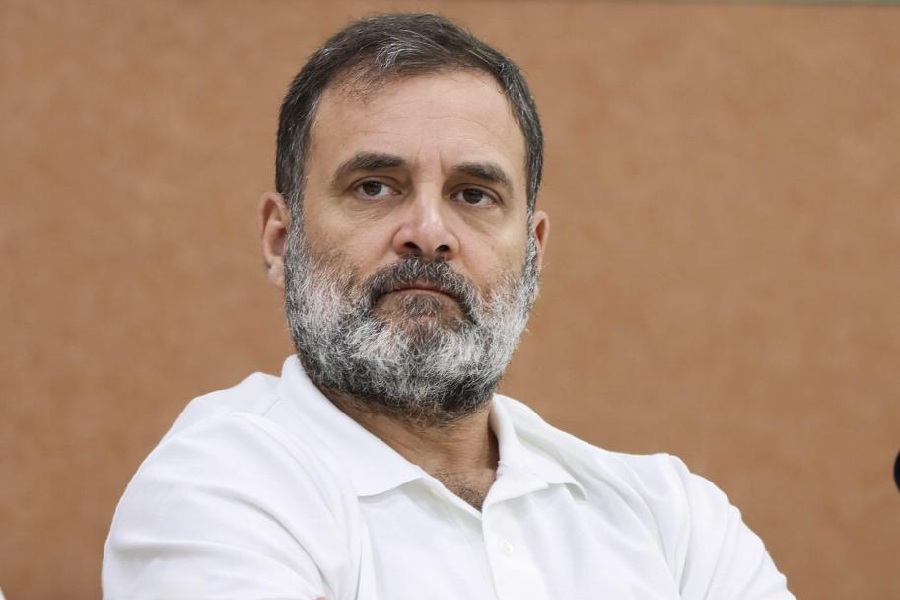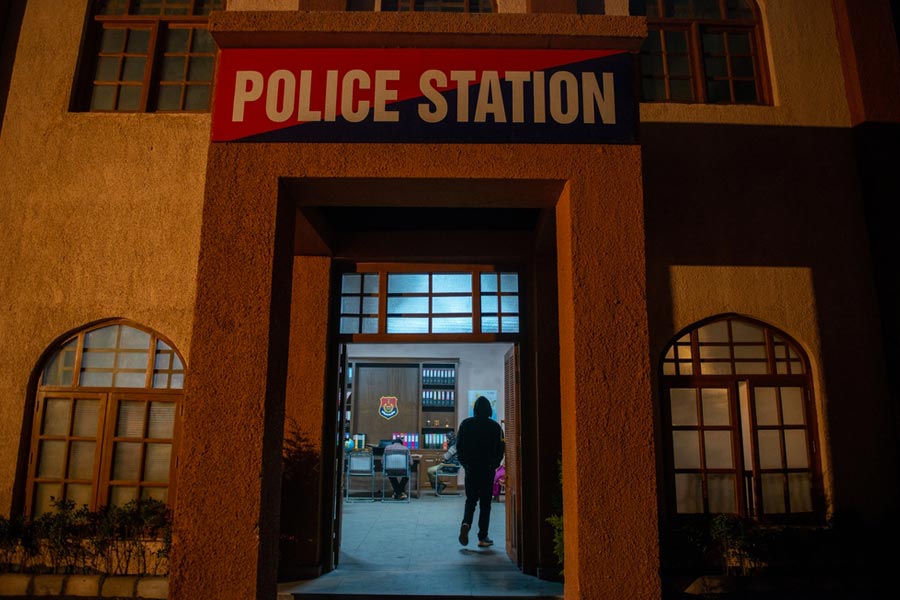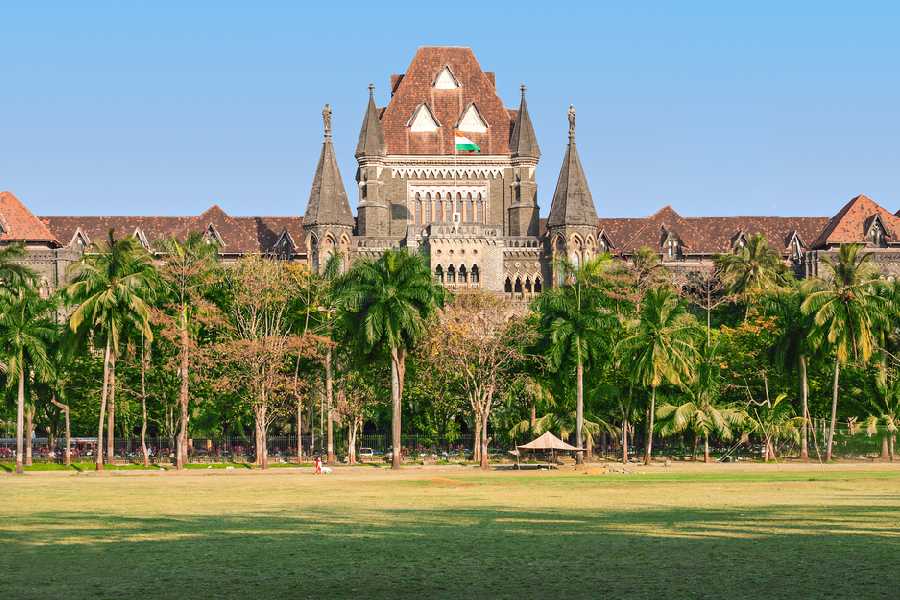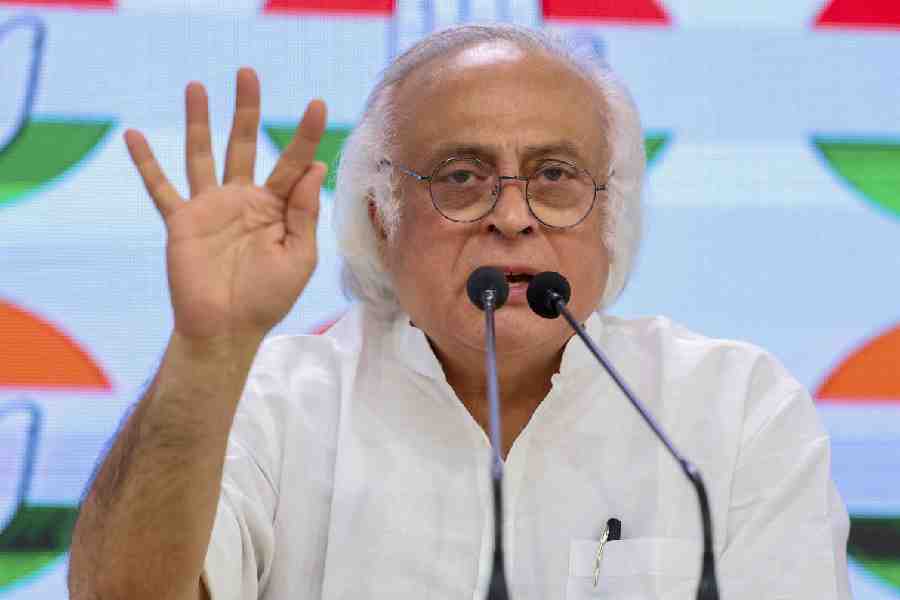New Delhi, July 24: Udupi Ramachandra Rao, who headed India's space agency, led efforts to launch its first satellite, Aryabhatta, among others, oversaw the birth of its first operational workhorse rocket and initiated efforts to export space services, died today. He was 85.
Rao passed away at its residence in Bangalore. He had been the chairman of the Indian Space Research Organisation (Isro) from 1984 through 1994, a decade during which the agency had been engaged in building home-grown satellites and developing launch vehicles.
Born in Karnataka's Udupi village, Rao studied in Madras and Varanasi and worked as a faculty member in US universities where he participated in spacecraft projects before he returned to India to join the space agency's laboratory in 1966.
He guided development efforts leading to Aryabhatta, a 360-kg satellite launched by a Russian rocket in 1975 and then a series of Earth-observation satellites that ushered the dawn of remote sensing and the routine use of satellites for telecommunications and weather observations.
"He was a pioneer in helping India establish satellite building capabilities but he also experienced some difficult times with two consecutive launch failures," said Roddam Narasimha, a former director of India's National Aerospace Laboratories, Bangalore, and former member of the Space Commission.
During Rao's tenure as chairman, Isro accelerated activities to build its own launch vehicles that would help curb India's dependence on American, Russian, or European rockets for satellite launches. During these efforts, Isro had two consecutive failures of its Augmented Satellite Launch Vehicle (ASLV) in 1987 and 1988.
The ASLV was an experimental vehicle, a stepping stone towards developing bigger operational rockets but the failures had prompted some foreign analysts to question why India needed to develop its own rockets when it could procure paid launches on foreign rockets. Rao invited non-Isro experts to examine the data from the failed launched and pinpoint the cause of the two failures. The efforts paid off, leading to a successful ASLV launch in 1994.
But Isro continued its efforts to build its Polar Satellite Launch Vehicle (PSLV) whose first flight also failed in 1993. The second PSLV flight a year later was successful, as has been every single of the 38 PSLV launches since then, a space official said today.
Rao gave shape to a plan for Isro to offer India's space technology services to the world - and earn revenue - through a commercial arm named Antrix Corporation, established in 1992. "It was a great idea at the time, although it took some time to pick up, but now India is a major player in the global space arena," Narasimha said.
Antrix has since the late 1990s marketed satellite imagery from its remote sensing satellites to global customers and launched over 200 satellites for customers in Asia, Europe, and North America.
After his retirement, Rao continued to play an active role in space missions by participating in and, at times, chairing internal technical reviews of various projects, including Chandrayaan, India's lunar orbiter mission and the Mars Orbiter Mission spacecraft.










